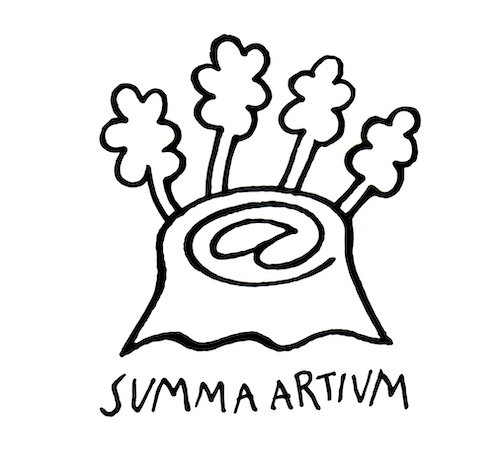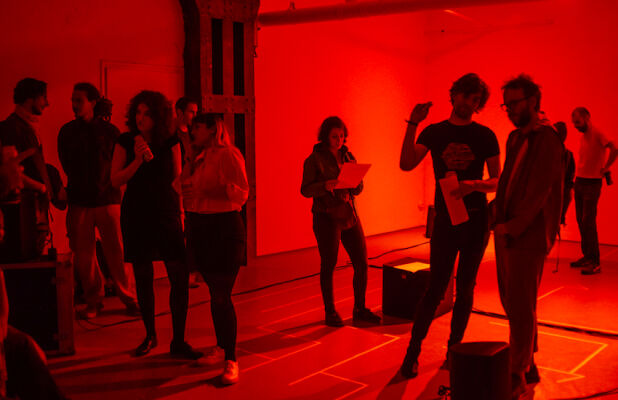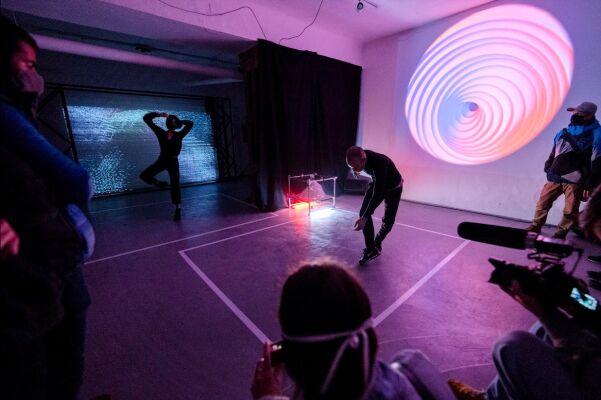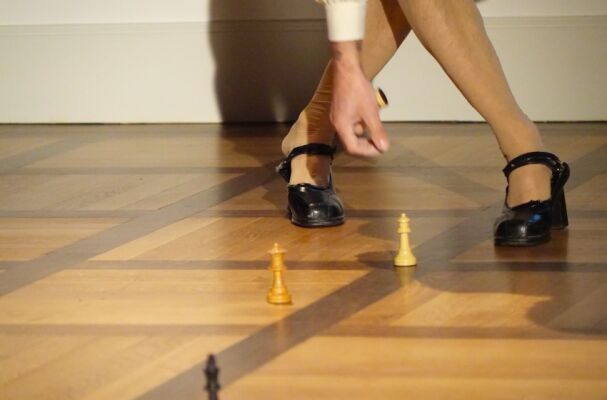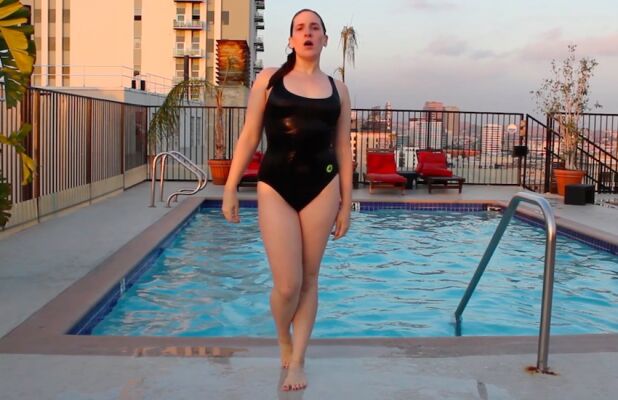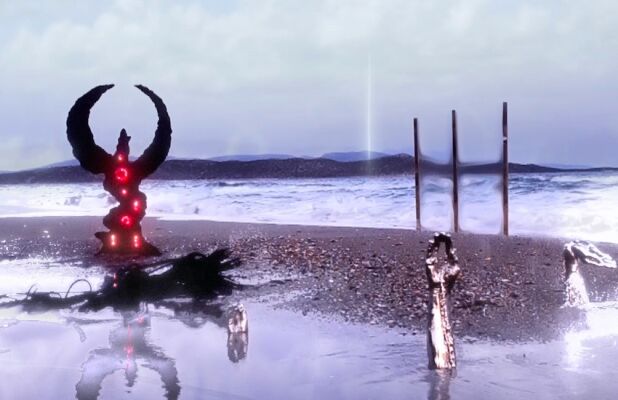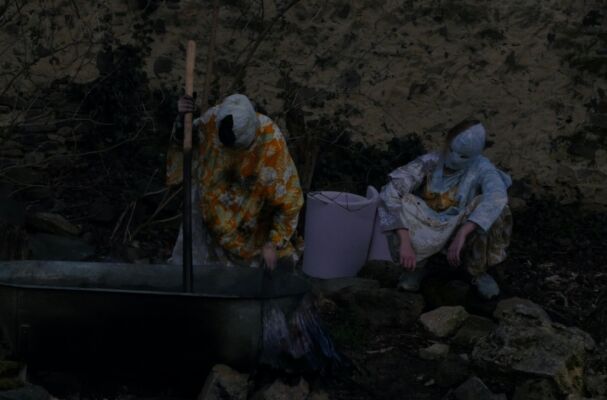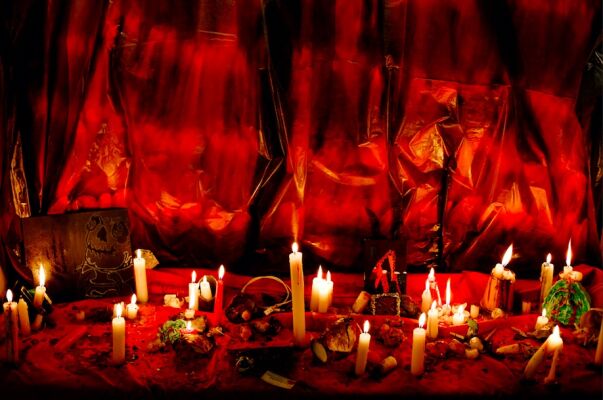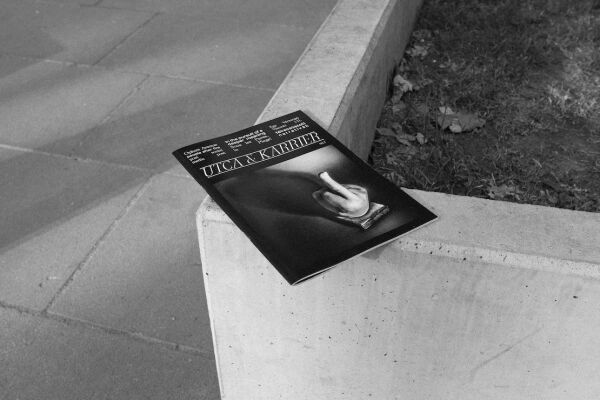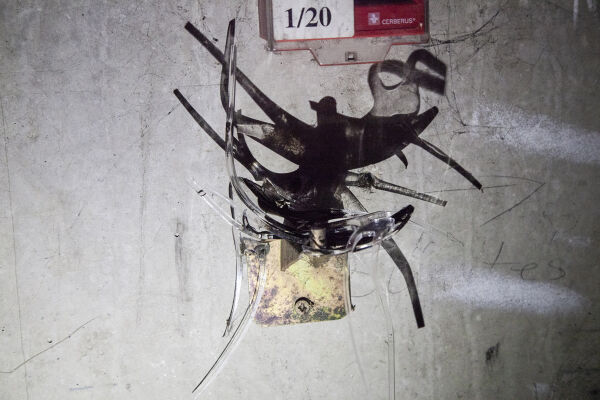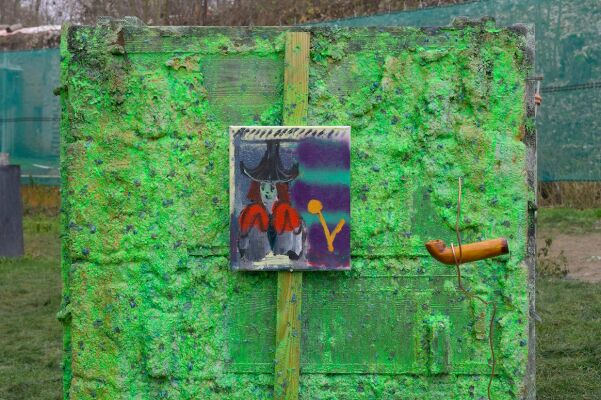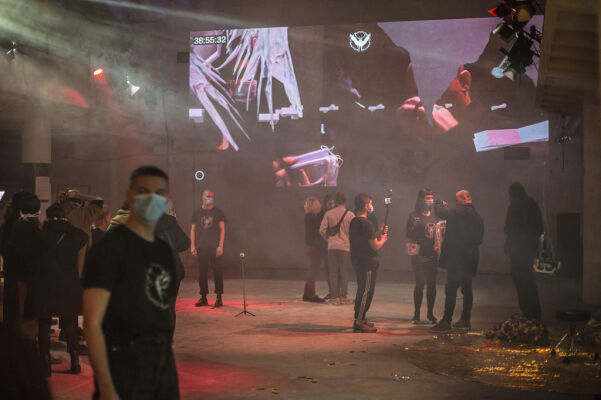Gold und Liebe XI. – Bublina
Bublina is an online magazine created by students from different studios of Brno’s art university FaVU VUT. Within this multimedial platform they explore the possibilities of digital publishing as a space for presentation, dialogue and collaboration. In the third issue with the theme Brave Space, they decided to sign the codex of the feminist art institution, which defines the principles of their work ethics. The main aim of the crew is to support their colleague students and also to create a self-made institution with a progresive approach of communication not only with the general public, but also within the collective itself.
What is the meaning of the word “bublina” and what does it mean specifically in the context of the magazine, how does it relate to your work?
“Bublina” means bubble in Czech. In the beginning, we were thinking about the magazine as a medium and what the medium does. When the name came up, we realized that the magazine would be created for a certain social bubble. We wanted to play with the potential of the magazine to create connections between these bubbles. One of the reasons we started Bublina in the first place was because we wanted to get to know the work of our schoolmates better. We acknowledge that we are in a certain bubble by studying art. Over time, we try to break down the boundaries of social bubbles by including topics and people available to the general public.
We are interested in different approaches to distribution which can help us reach a wider reader base. You can think about the bubble as a container that captures some momentary essence in certain space and time. It’s flexible and it grows with inner pressure. We want to find out how to inflate properly, survive and not burst. We realize that bubbles are fragile. We don’t want to be cool for just one moment.
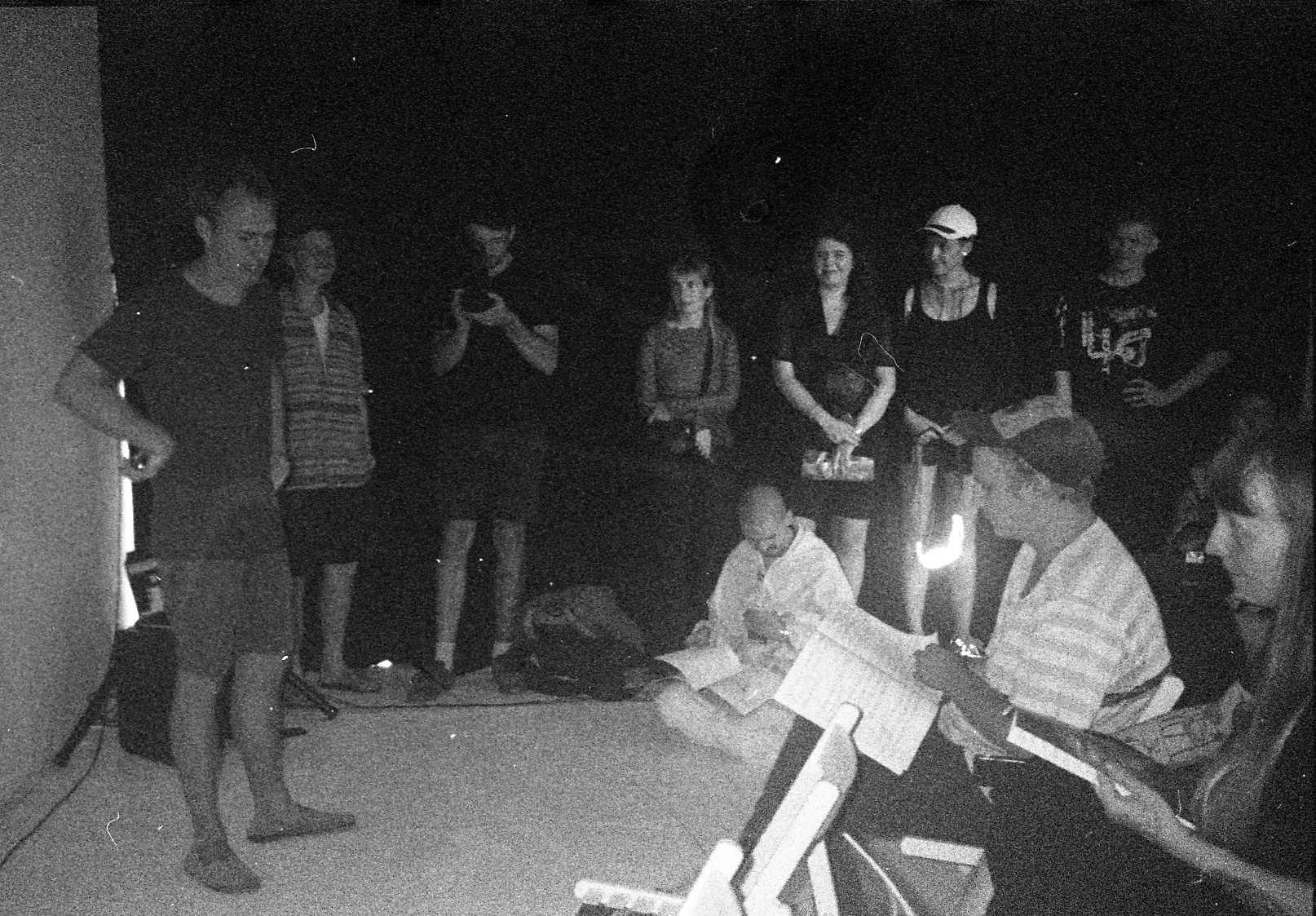
Tell me about the crew behind the magazine. How do you work together as an editorial board?
We are a collective of nine students from different studios on FaVU: Bára Bažantová, Dominika Dobiášova, Jiři Gruber, Jakub Mynař, Lukáš Prokop, Tadeáš Polák, Kristýna Sidlárová, Tamara Spalajkovic, Weru Špundová. Our personal interests, experiences and backgrounds are diverse. Each of us has different and multiple roles (some roles are smaller and more fluid but not less important) – graphic design, visual, writing, social media, programming, editorship, keeping an eye on deadlines, consultations, and creating new ideas. We choose the tasks by personal interest, motivation, capacity. We are interested in the work ethics of magazine production, and since the beginning we have been trying to organize the process as fairly as possible. This includes equality, economy, time, pressure, responsibility, communication, support and care.
Since we can make our own rules, self-reflection and communication are really important as well as giving enough space to each of us to express oneself. We have regular meetings. The work and results are mostly dependent on personal responsibility. We see the magazine as a space for experimentation, we try to ensure this space to the contributors, as well as to the team. It is very empowering to see that something we imagined together can take its final form. It is inspiring to be a part of such a functional collective which can balance friendship with work.
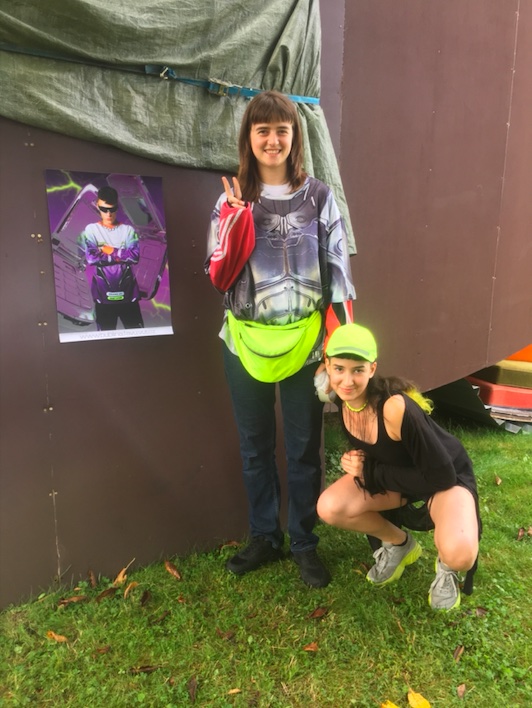
How do you come up with the themes of the mag? Your current theme is Brave Space. What does that refer to and how do you personally relate to it?
It depends, as we try to work horizontally, the topics are usually coming from different people from the collective. This issue, dedicated to education forms on art universities, was somehow a reaction to the on-going debate in czech art scene, which was re-opened by the podcast Na čom makáš (What are you working on?) by Peter Kolárčik, an UMPRUM student who is questioning the system of art universities and evaluation of artworks. We will probably dedicate the next one to a barrier-free web content as we also plan to adapt our magazin to be approachable to people with different kinds of disabilities.
Generally, we would say we are following some progressive critical thinking and considering emancipation and empowerment of marginalized groups of people. When we come up with a theme, it also inspires our approach. We try to create a brave space where everyone knows they can express thoughts without being rejected. Brave Space is a term used in radical education and refers to a better space for communication of difficult, hurtful and taboo themes. It tries to balance out the privileged and oppressed in a classroom by creating an expanded safe space, which enables changes through communication.
When you say marginalized groups do you refer to certain groups of people within the academic structure? Since what you do is so rooted in the university, I’m guessing that first of all you are critical to that, so how do you see this system in Brno?
We are thinking about how to include groups which are being represented but at the same time excluded from the institutional art world. In the last issue we included an artist who is active in the art brut scene.
Now we are preparing some articles dedicated directly to art schools’ education, ethical approach of some institutions or considering some academic ground, but there will be also quite a lot of contributions dealing with LGBTQ topics, sexual violence, etc.
We would like Bublina to be inclusive for both its public and the contributors. To achieve this, we are considering the accessibility of our web, and currently we are developing a web which will be more accessible for blind people and people with visual impairment.
To be honest, we do not feel the need to be overly critical directly to FaVU school system, as our dean – Filip Cenek – is extremely supportive to the students and their needs or wishes and the school management in general is quite progressive in many ways.
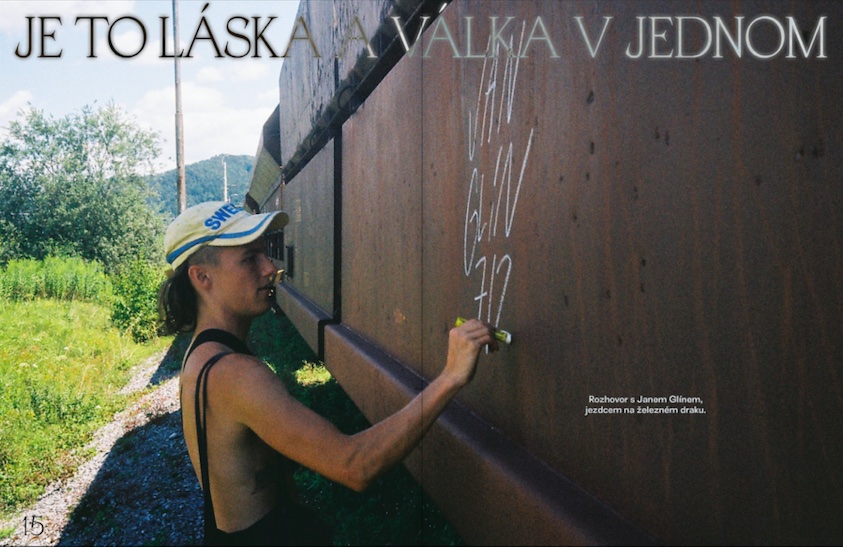
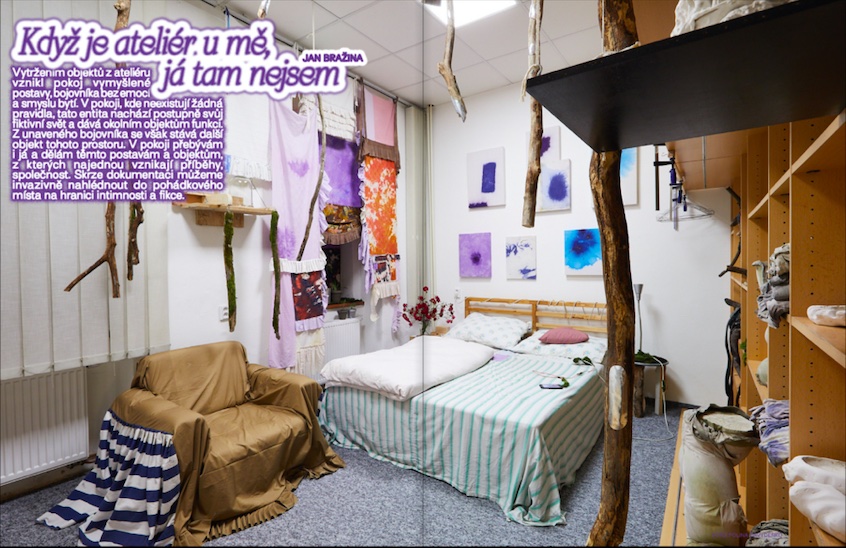
Bublina very much adopts to the digital space. It features videos, sound, gifs and other multimedia content parallel, and connected to written text. I see it more as an extension of the classic frames of a magazine – to the point that it gets somewhere to the intersection of an online exhibition and a magazine. What’s the actual difference between the two (if there’s any)?
Might be that the difference seems subtle and maybe it really is. We would intuitively say that the difference is that the “editorial staff” also actively creates some of the content and art works, not just curatorial texts, and also apart from curatorial work there is the editor’s work, grammar corrections for the submitted texts and so on. But in general, the difference is not what we are looking for. We are interested in overlaps of web magazine, printed magazine and online exhibition forms. Their combination provides a unique set of limits that are understandable both for us and for external contributors. Being limited by such form brings these limits closer to the authors who can deal with them creatively while creating the content in contrast to being limited by other external conditions such as print costs. The result is a specific space that is able to accommodate (art)works with approaches otherwise not fitting in a classic gallery or in a regular article oriented online magazine. We also feel like we define our common identity by the content and the ethics of our work, not by the status of a magazine/gallery. It doesn't really matter in the end.
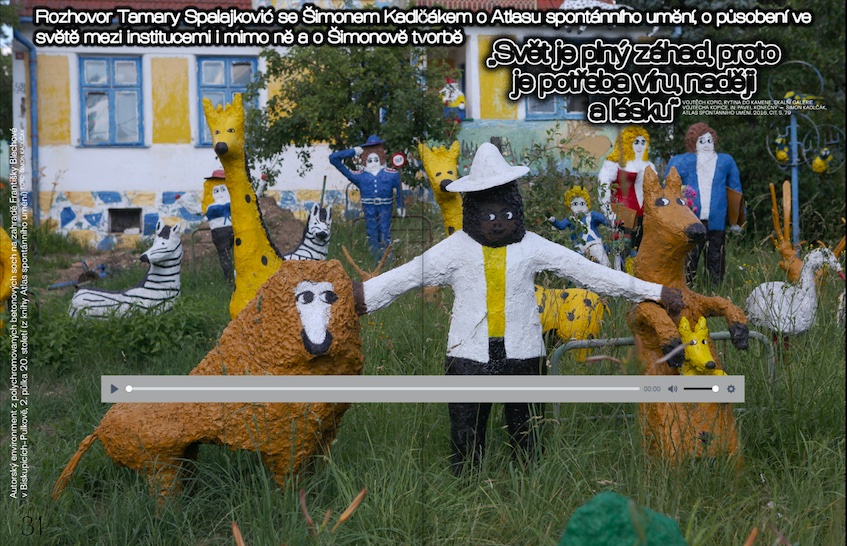
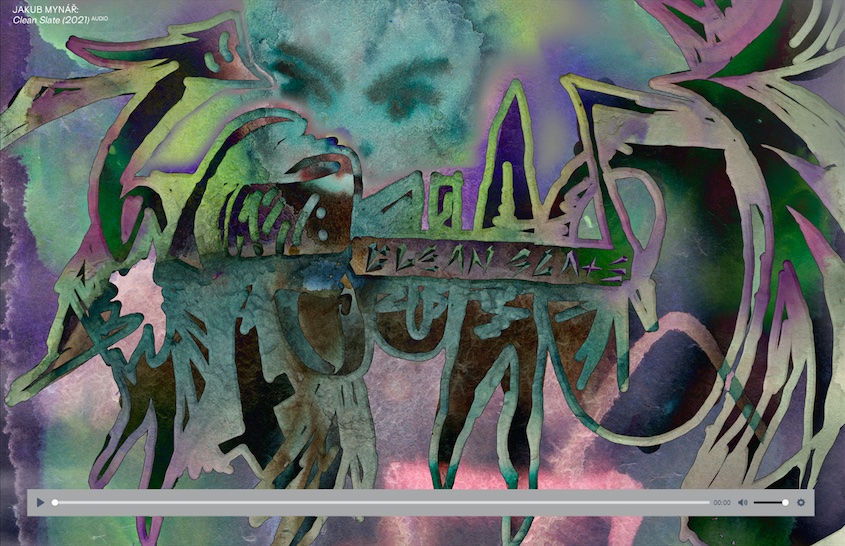
This article was created with the support of Summa Artium.
